✓ Joining us on our Whatsapp Channel: 💬 Explore and Escape!.
Booking through us:
✓ 🏩 🛌 Handpicked Luxury Stays in Budget: Booking.com | Agoda.com
✓ 🍹⛱️ Deals on Private xfers, SIM Cards, City tours, Day trips : 📍🗺️ GetYourGuide | 🛵🧳 Klook
There are great many things to do in Greece, and so are in Kavala.
Nestled along the gentle Aegean coast, Kavala beckons travelers with its mosaic of picture-perfect scenery and rich cultural offerings.
From savoring succulent seafood at the bustling harborside to basking in the warm glow of the brilliant Mediterranean sunset atop the Impressive Kavala Castle, this enchanting city has something remarkable for every kind of wanderer.
Without further ado listed below are some of the most fun things to do in Kavala:
1. Akropolis of Philippi
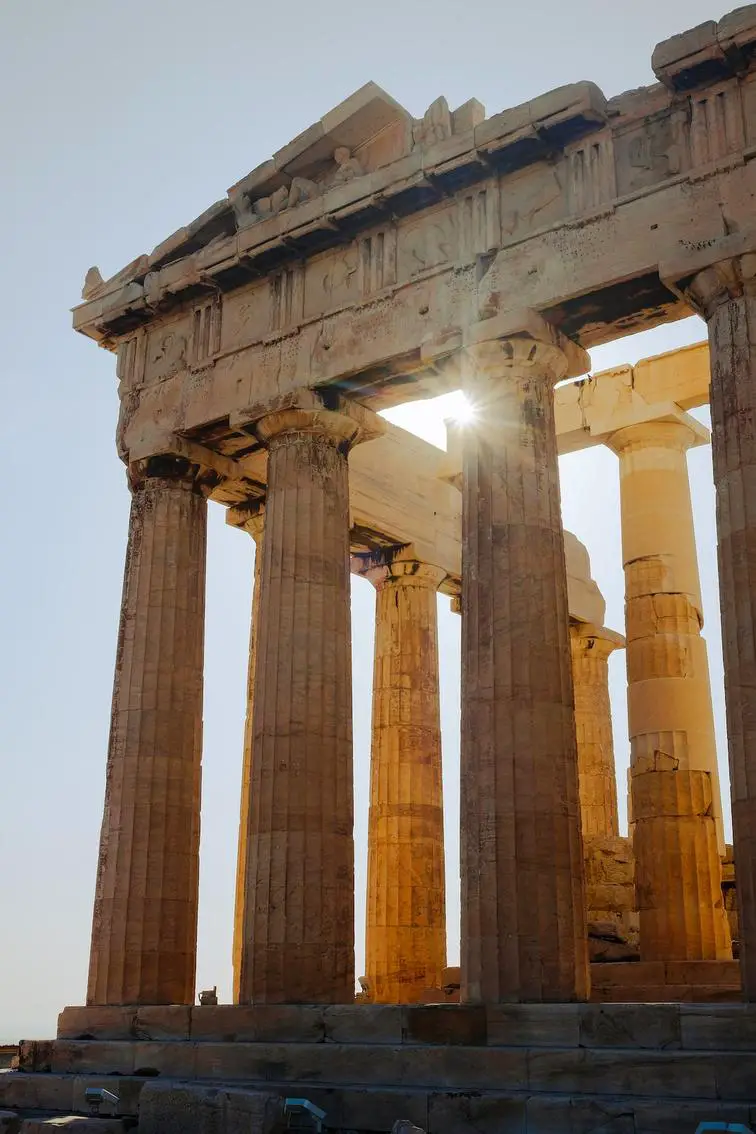
The Akropolis of Philippi is a hilltop archaeological site in the city of Philippi, Kavala. It was an ancient city surrounded by walls with a fortress at the top.
What to see or do: Explore the ruins of the Akropolis of Philippi, including the ancient Greek theater and the Basilica of Paul and Peter. Enjoy scenic views of the city and surrounding countryside.
Don’t miss: The ancient theater, which once held around 3,500 spectators and hosted performances and games. The Basilica of Paul and Peter, one of the earliest Christian churches in Europe.
Insider travel tips: Bring sunscreen and water as there is little shade on the hill. Wear comfortable shoes as the terrain is uneven.
Go early in the morning or late in the afternoon to beat the crowds and avoid the heat. Take a guided tour to learn more about the history of the site.
2. Imaret
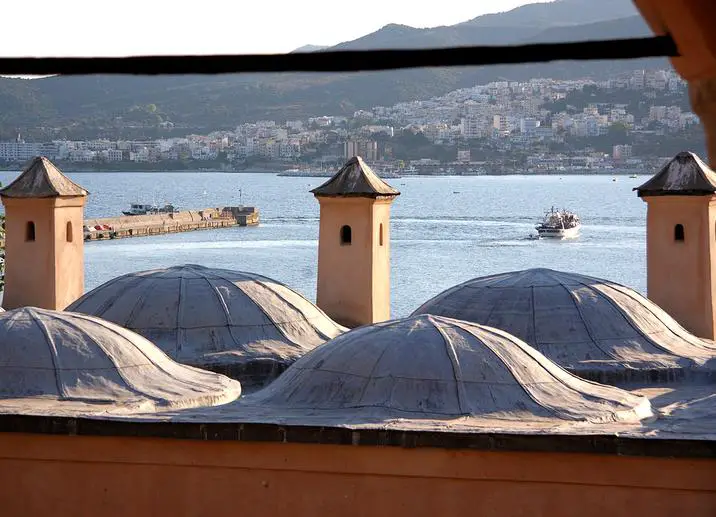
A historic hotel located in the city of Kavala, Greece, that has been restored to its former Ottoman grandeur.
What to see or do: Imaret features 26 luxurious rooms and suites, a serene courtyard, and a traditional hammam (Turkish bath) for guests to relax in.
The hotel also has a restaurant that serves delicious Ottoman cuisine with a modern twist.
Don’t miss: The chance to experience true luxury and immerse yourself in the property’s rich history. Take a stroll around the surrounding neighborhood, which is full of charming cafes and restaurants.
Insider travel tips: – Book a room facing the courtyard for a peaceful and relaxing stay.
3. Kamares Aqueduct
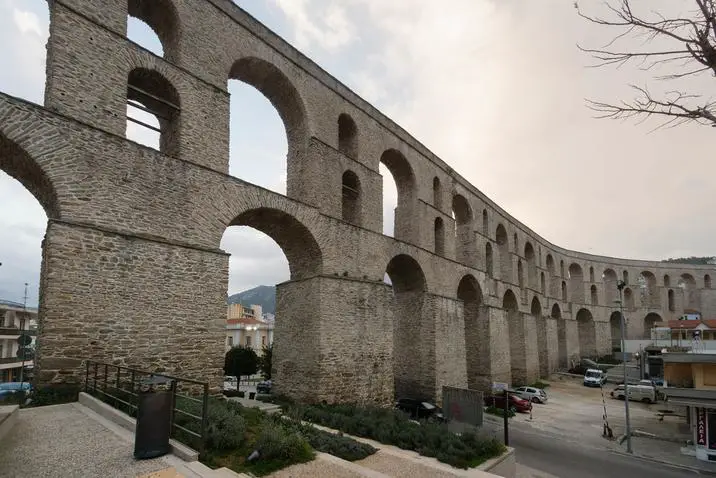
The Kamares Aqueduct is a stunning piece of architecture located in Kavala, Greece.
What to see or do: Visitors can admire the impressive stone structure which was built in the 16th century to transport water to the Ottoman city of Kavala.
Don’t miss: The aqueduct spans a length of over 4 miles and is made up of 60 arches. Visitors can stroll along the aqueduct and take in the beautiful views of the surrounding nature and cityscape.
Insider travel tips: – The best time to visit is during the golden hour before sunset for the most breathtaking views.
4. Castle of Kavala
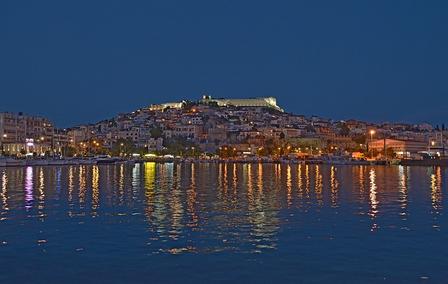
Castle of Kavala is a historic fortress located on a hill overlooking the city of Kavala in Greece.
What to see or do: Visitors can explore the castle grounds and walls, which offer stunning views of the surrounding area. The fortress houses a small museum showcasing the castle’s history and artifacts found in the area.
Don’t miss: Don’t miss the opportunity to walk along the castle walls and witness the commanding views of the city and sea.
Insider travel tips: Visit in the early morning or late afternoon to avoid crowds and the heat of the day. The castle has uneven and steep terrain, so wear comfortable shoes and bring plenty of water.
Consider taking a guided tour to learn more about the history and significance of the fortress.
5. Agios Nikolaos Monastery
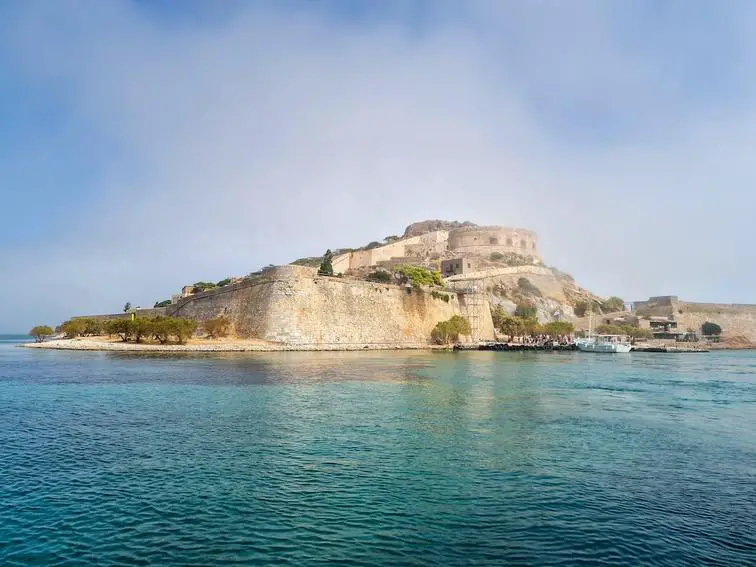
Agios Nikolaos Monastery is a historic monastery located in Kavala, Greece. The monastery has a panoramic view of the city and the Aegean Sea.
What to see or do: Visitors can explore the monastery’s impressive architecture and stunning surroundings. The main church of the monastery is an impressive building adorned with beautiful frescoes and icons.
The gardens surrounding the monastery offer a peaceful and scenic place for visitors to relax and enjoy the serenity.
Don’t miss: Don’t miss the amazing views of the Aegean Sea and Kavala from the monastery’s terrace. The stunning views are some of the best in Greece.
Insider travel tips: To fully appreciate the beauty and tranquility of the monastery, visitors should try to come early in the morning when it is less crowded.
It is also a good idea to wear comfortable shoes as the terrain around the monastery can be steep and rocky.
6. The Municipal Museum of Kavala
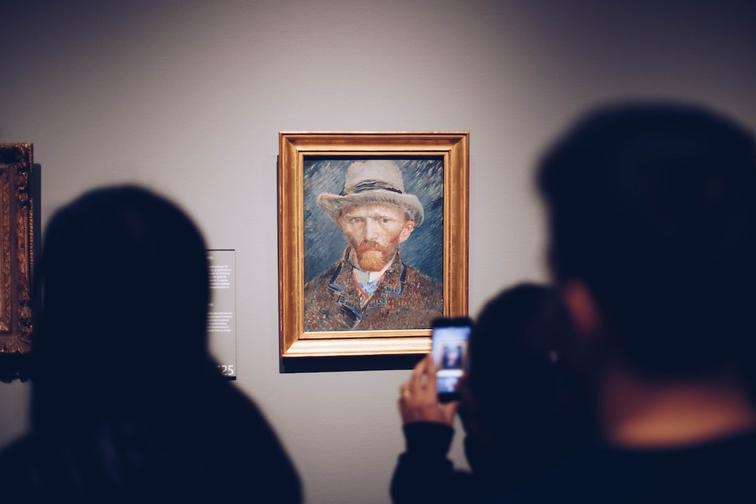
The Municipal Museum of Kavala is an archaeological and folklore museum located in the heart of the historical city of Kavala in Greece.
Housed in two buildings from the 18th and 19th centuries, the museum showcases the rich history and culture of the region.
What to see or do: Visitors can explore the exhibits ranging from prehistoric times to the Byzantine period, including pottery, jewelry, and sculptures. The folklore section displays traditional costumes, embroidery, and household items from the past.
The courtyard offers a relaxing break with a coffee and a stunning view of the old town.
Don’t miss: Don’t miss the display of mosaics from the ancient city of Philippi, which is just a short drive from Kavala. The intricate designs reveal a lot about the skills and craftsmanship of the ancient civilizations that inhabited the area.
Insider travel tips: Visit early in the morning to avoid crowds and have more time to admire the fascinating collection. The museum is closed on Mondays, so plan your visit accordingly.
Combine your visit with a stroll through the picturesque part of town, known as Panagia, for some amazing views.
7. The Archeological Museum of Kavala
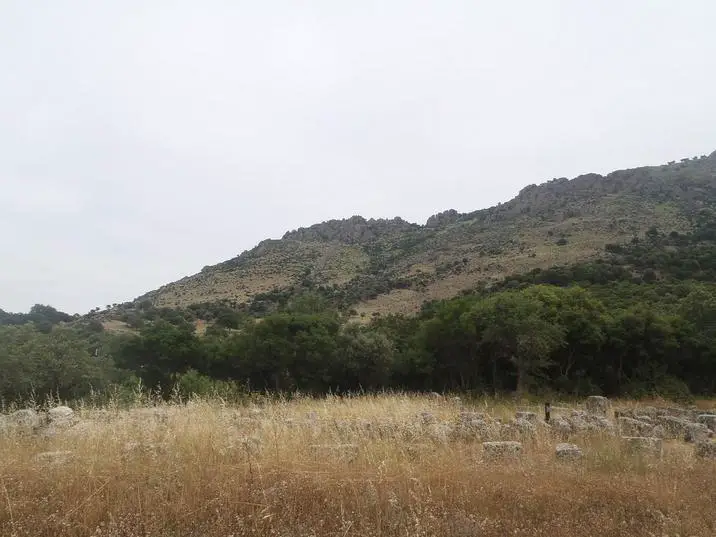
The Archeological Museum of Kavala is a fascinating museum located in the heart of Kavala city in eastern Macedonia.
What to see or do: The museum displays an extensive collection of archaeological artifacts that shed light on the history of the city and the surrounding region.
Visitors can admire ancient Greek and Roman sculptures, intricate mosaics, intricate jewelry, pottery, and other antiquities. The museum also houses a significant collection of artifacts from the nearby island of Thasos, including pottery, coins, and tools.
Don’t miss: One of the highlights of the museum is the magnificent statue of the god Hermes, which dates back to the 2nd century AD.
Other notable exhibits include the impressive mosaic of a lion hunt from the Roman period and the sarcophagus of a Thasian noblewoman.
Insider travel tips: – The museum is open daily, except for Mondays.
8. The Cave of Alistrati
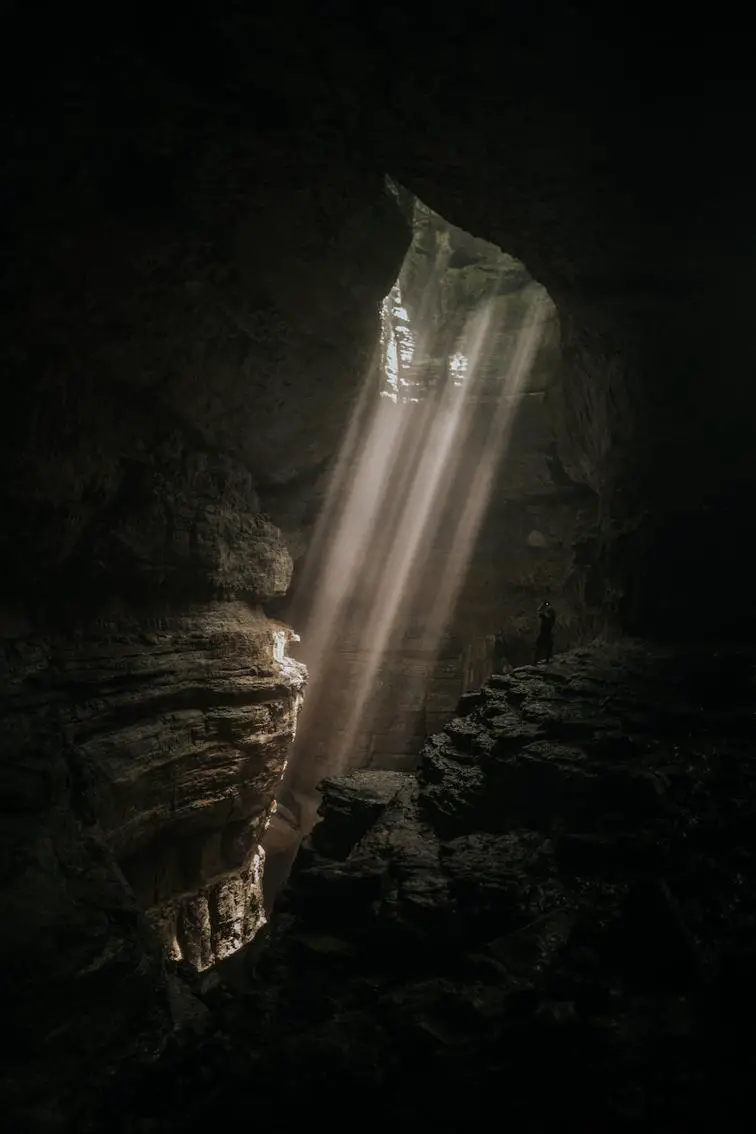
The Cave of Alistrati is a stunning natural wonder located in the region of Kavala, Northern Greece.
What to see or do: Visitors can explore the cave and marvel at the breathtaking stalactites and stalagmites that have formed over millions of years. The cave boasts impressive chambers, galleries, and underground lakes that are all waiting to be discovered.
Don’t miss: One of the highlights of the cave is the “Hall of the Red Curtain” which is adorned with red-colored stalactites that resemble a curtain.
Also, make sure to look out for the “Tower of Babel,” a stunning 12-meter high column that has formed from thousands of years of mineral deposits.
Insider travel tips: The cave can get chilly, so make sure to bring warm clothing.
9. The Ancient Theatre of Philippi
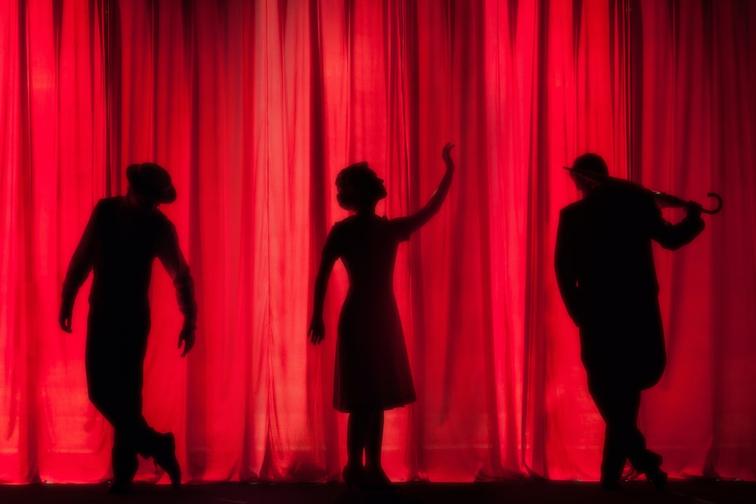
The Ancient Theatre of Philippi is a well-preserved theater built by the Romans in 27 BC, located in the city of Philippi in Kavala, Greece.
What to see or do: Take a tour of the theater and marvel at the impressive architectural and engineering features, including the underground tunnels and the orchestra pit.
Admire the stunning backdrop of the surrounding hills and imagine how the theater was used for performances and festivals in ancient times.
Don’t miss: The annual Philippi Festival of Ancient Drama, which takes place at the theater in July and August, showcasing classic Greek plays performed by renowned theater groups from around the world.
Insider travel tips:
10. The Monastery of Panagia Eikosifinissa
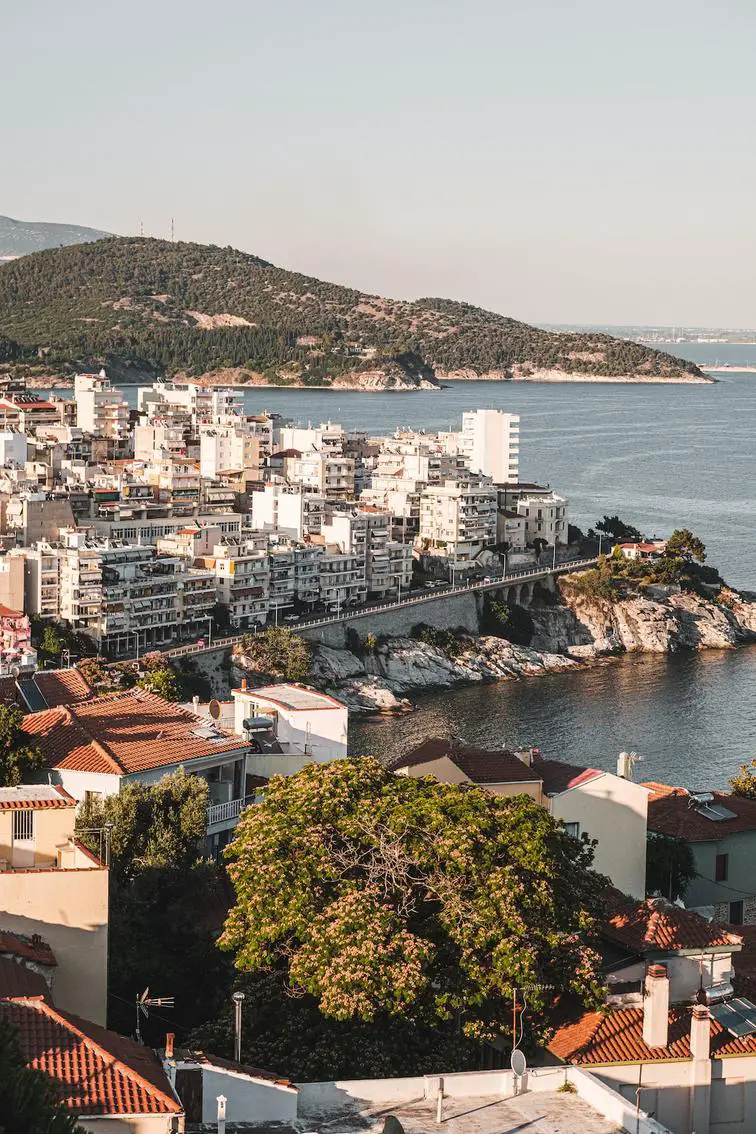
The Monastery of Panagia Eikosifinissa is a historic and religious site located near the city of Kavala, Greece. It was founded in the 5th century AD and is considered one of the oldest monasteries in the country.
What to see or do: Visitors can admire the stunning Byzantine architecture and decoration of the monastery’s buildings and chapels.
They can also explore the site’s gorgeous gardens and courtyards, and enjoy the peace and quiet of the surrounding natural landscape.
Don’t miss: Make sure to check out the monastery’s main church, which features impressive frescoes and intricate wood carvings. Also, don’t forget to take a walk in the nearby forest and enjoy the fresh air and beautiful scenery.
Insider travel tips: Try to visit the monastery during a weekday, as it tends to get crowded with tour groups on weekends.
Also, make sure to dress modestly (long skirts/pants and covered shoulders) and be respectful of the monastery’s religious significance by refraining from loud conversations or photography inside the churches.
Finally, bring comfortable shoes if you plan to explore the surrounding area, as there are many hills and uneven paths.
11. The Ottoman aqueduct
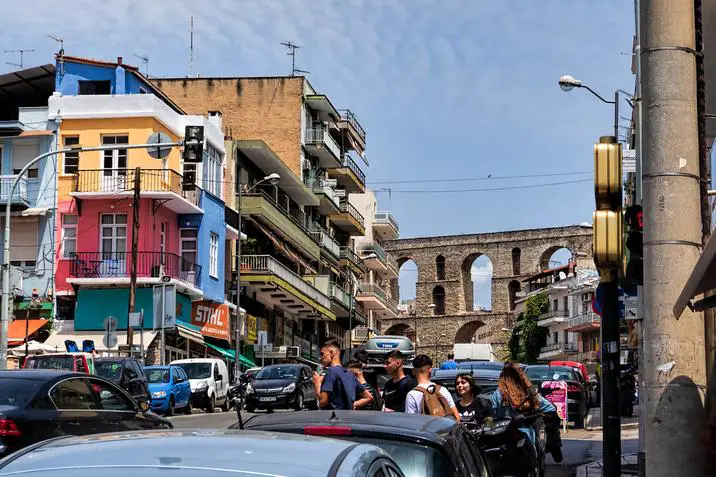
Ancient Ottoman aqueduct in Kavala, Greece, built in the 16th century.
What to see or do: Marvel at the impressive architecture of the aqueduct, which stretches for almost 3 kilometers and contains 60 arches. Take a walk along the aqueduct and enjoy the stunning views of the surrounding mountains and countryside.
Don’t miss: The best views of the aqueduct can be seen from the nearby Castle of Kavala, which dates back to the 15th century.
Be sure to bring your camera and capture some stunning photos of this architectural masterpiece.
Insider travel tips: The aqueduct is located just outside the main city center of Kavala, so be sure to plan ahead and bring comfortable shoes for the walk.
Also, consider visiting during the early morning or late afternoon to avoid the crowds and enjoy the peacefulness of the area.
12. The Beach of Toska
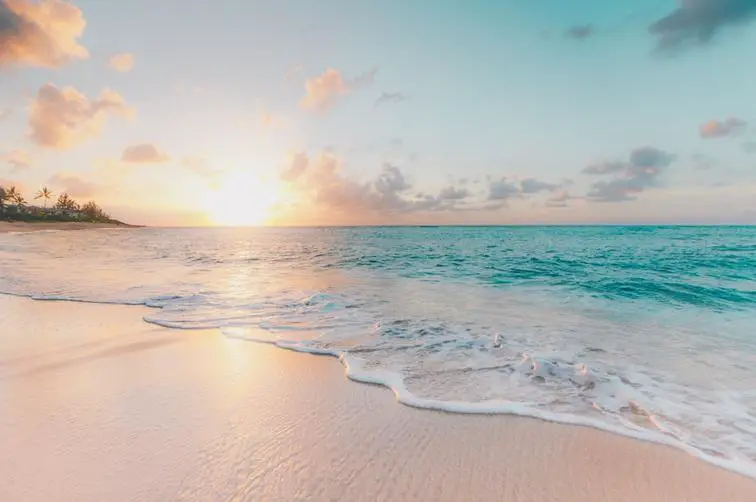
Toska Beach is a picturesque cove located in Kavala, Northern Greece. It’s a hidden gem for those looking for a quieter and more secluded beach experience.
What to see or do: The crystal clear turquoise waters are ideal for swimming and snorkeling. The beach is surrounded by lush greenery and dramatic cliffs, providing a breathtaking backdrop for sunbathing and relaxing.
Don’t miss: Take a hike along the rocky cliffs to enjoy panoramic views of the Aegean Sea. Also, head to the small taverna on the beach for some delicious fresh seafood and traditional Greek cuisine.
Insider travel tips: The beach gets busy during peak season, so arrive early to secure a good spot. Additionally, there are no umbrellas or sunbeds for rent, so be sure to bring your own beach essentials.
Finally, access to the beach is by car or foot only, so be prepared for a short hike to get to the beach.
13. The Monument of the Lion of Amphipolis

The Monument of the Lion of Amphipolis is a large ancient monument located near the city of Kavala in Greece.
What to see or do: Visitors can admire the impressive statue of the lion, which measures 5.3 meters high and is carved from a single block of marble.
The monument is located in a scenic setting near the river Strymon and the ancient Greek city of Amphipolis, making it a great destination for history and nature enthusiasts alike.
Don’t miss: Make sure to explore the surrounding area and visit the impressive archaeological site of Amphipolis, which includes ancient tombs, temples, and fortifications.
The nearby town of Kavala also has a picturesque old town and stunning beaches for visitors to enjoy.
Insider travel tips: The Monument of the Lion of Amphipolis can get crowded during peak tourist season, so consider visiting early in the day to avoid the crowds.
Additionally, be sure to wear comfortable shoes and bring plenty of water as there is a bit of walking involved to get to the monument from the parking area.
Finally, hiring a local guide can enhance the experience and provide a deeper understanding of the monument and its history.
14. The Acropolis of Maroneia
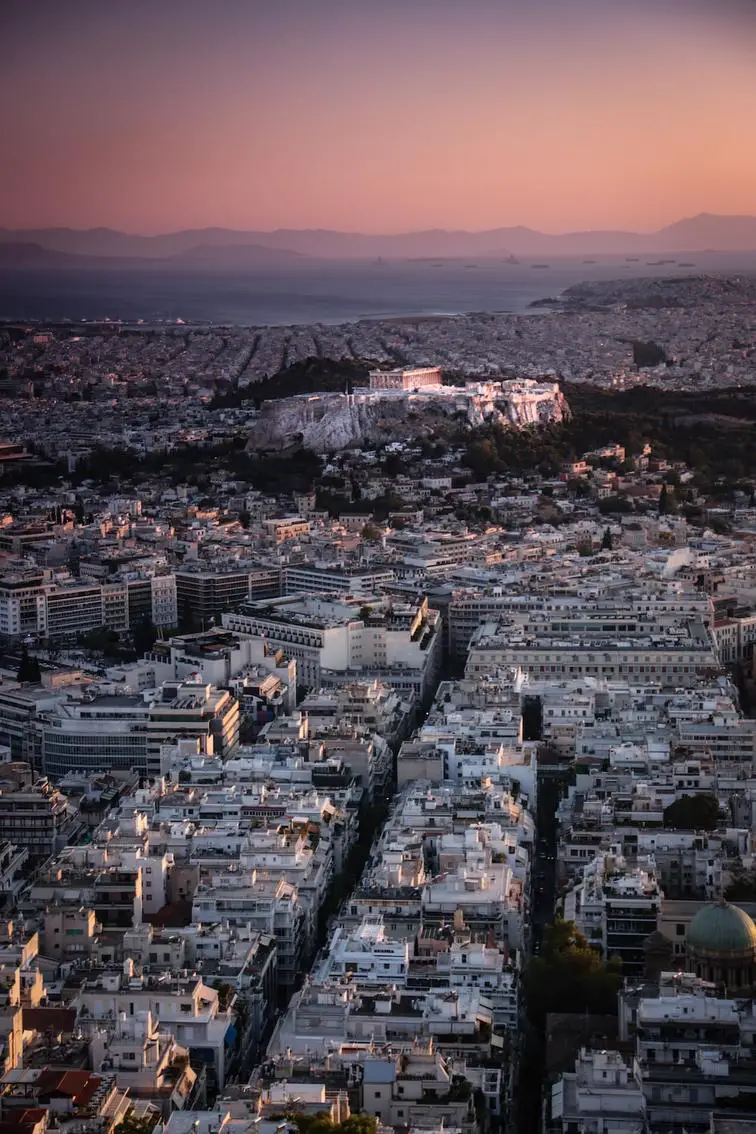
The Acropolis of Maroneia is an ancient archaeological site located in the northeast region of Greece, near the city of Kavala.
What to see or do: Visitors to the Acropolis can witness the remains of a 4th-century BC fortress, as well as the remnants of a theater and several temples.
Don’t miss: Be sure to check out the impressive bath complex, which contains the remains of several rooms and an underground heating system.
Insider travel tips: Some parts of the site can be quite steep and uneven, so it’s recommended to bring comfortable shoes with good grip.
Also, don’t forget to bring water and sun protection.
It’s also worth noting that the site is relatively quiet and less touristy than other nearby attractions, making for a more peaceful and authentic experience.